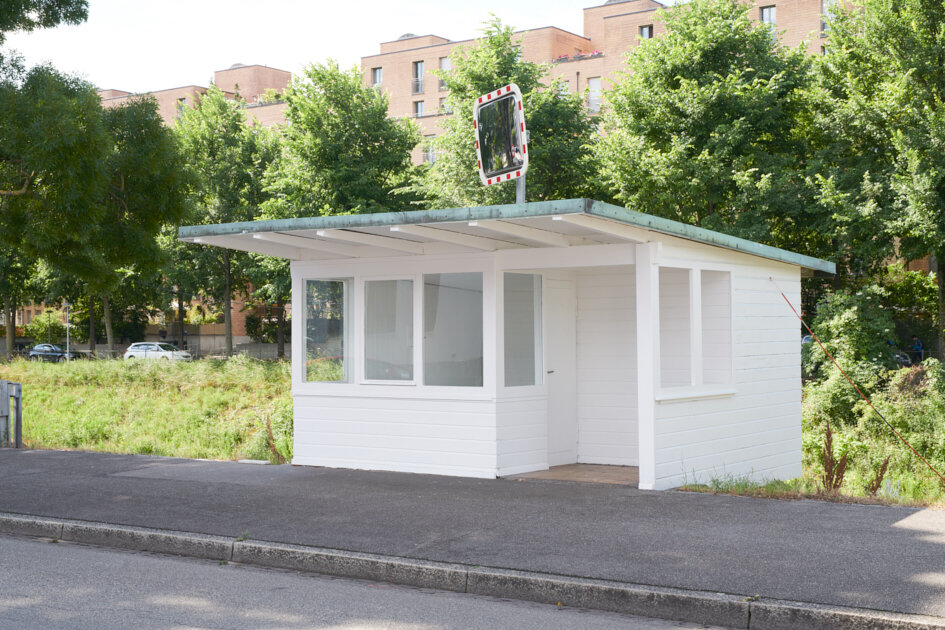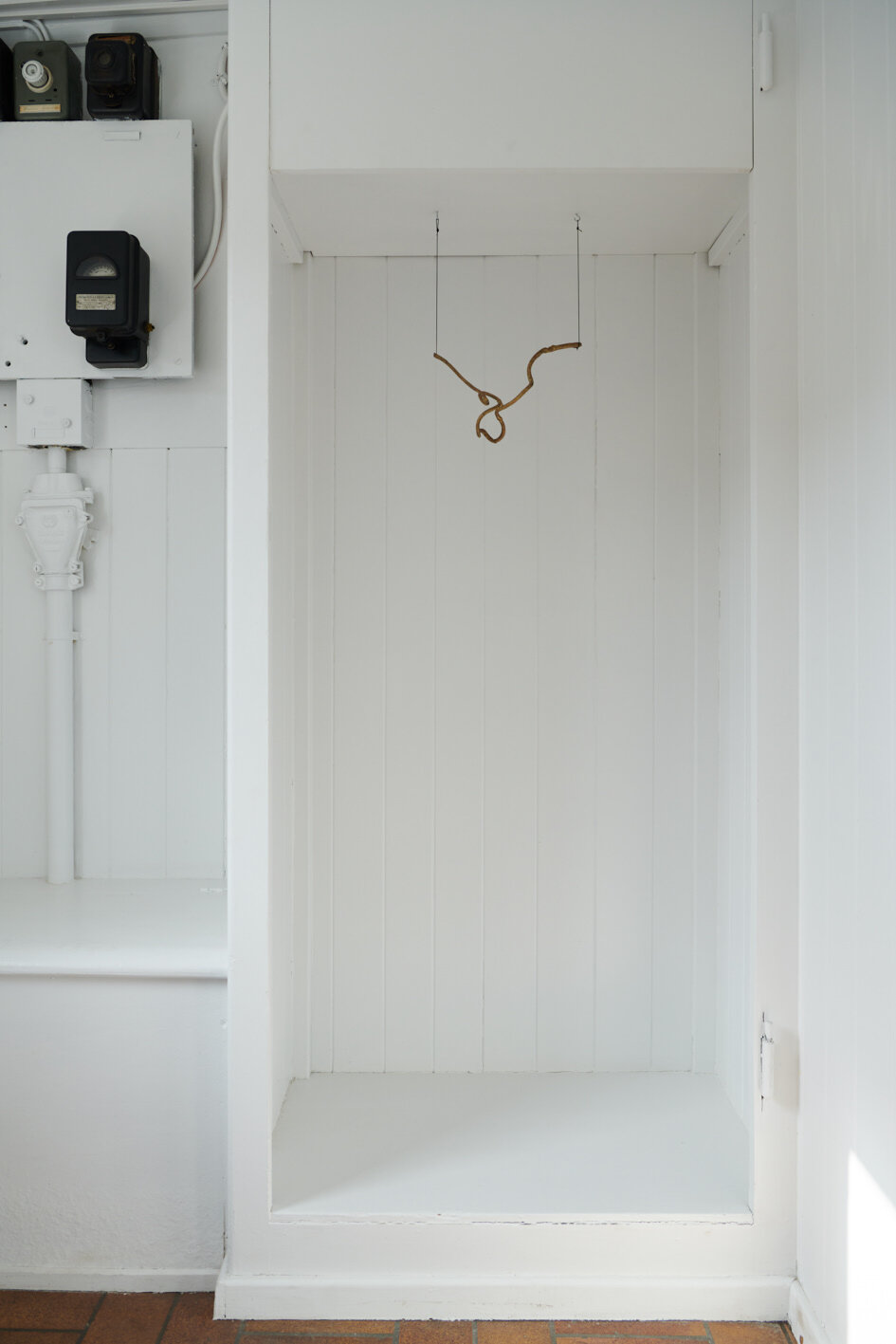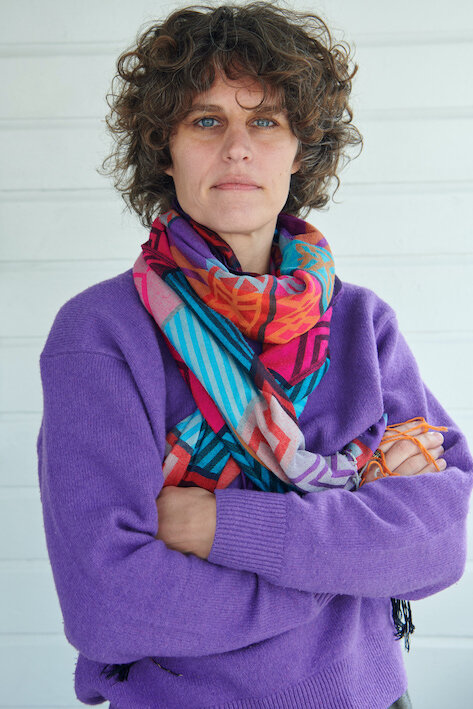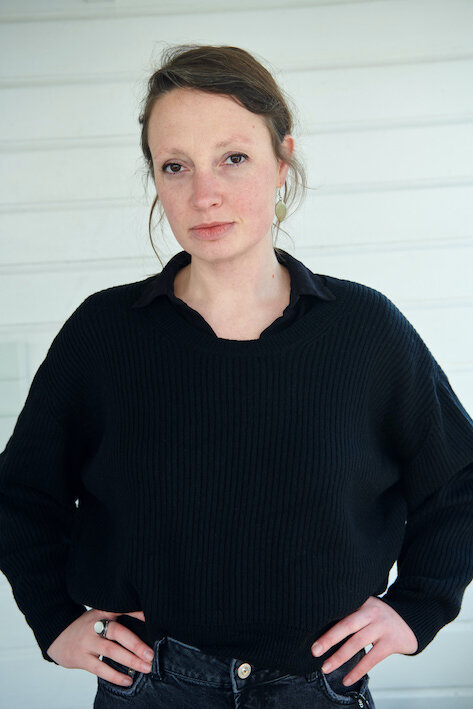11.03.21 – 19.06.21
Dunja Herzog
Yelisaveta Staehlin
Roman Sonderegger
So tender and attentive
Text: Yelisaveta Staehlin
Interview: Isabel Zürcher
The exhibition So tender and attentive explores how using materials with great care may affect the value of a product and its perception. Roman Sonderegger archives and documents Basel's rivers by immersing sheets of paper in nine natural bodies of water in the city. Dunja Herzog's works are sculptural pieces of jewelry made of recycled copper and brass. With intentional social critique, the jewelry is made in Phil Omodamwen's workshop in Benin City, Nigeria. The trio is completed by Yelisaveta Staehlin’s exhibition text. Captured on a vinyl record, the text becomes an integral part of the exhibition as a newly defined art object and audible track, bridging the dualism of descriptive text and art.
Curated by Raphael Bottazzini
Die Ausstellung «So tender and attentive» («So zart und aufmerksam») erkundet, wie sich der behutsame Umgang mit Materialien auf den Wert des Produktes und deren Wahrnehmung auswirkt. Roman Sonderegger archiviert und dokumentiert Basels Flüsse, indem er Papierblätter in neun natürliche Gewässer in der Stadt eintaucht. Dunja Herzogs Arbeiten sind skulptural anmutende Schmuckstücke aus recyceltem Kupfer und Messing. Hergestellt wird der Schmuck unter sozialkritischem Blick im Workshop von Phil Omodamwen in Benin-City, Nigeria. Das dreier Gespann wird durch den Saaltext von Yelisaveta Staehlin vervollständigt. Auf eine Schallplatte gebannt wird dieser als neu definiertes Kunstobjekt und hörbare Audiospur in die Ausstellung mit eingefügt und überbrückt so den Dualismus von Saaltext und Kunst.
Kuratiert von Raphael Bottazzini
Yelisaveta Staehlin
Work: Der Fluss (The River)
Text.: Audio Work (3:27min)
Sculpture Record by Raphael Bottazzini
Foto by Raphael Bottazzini
Roman Sonderegger
Work: H2O : BS
Year: 2021 ,Mass: 9 Papers, 26 x 29.7 cm Material: Paper, Bachgrabenwasser, Dorenbachwasser, Birsigwasser, Birswasser, Rheinwasser, Wiesewasser, Bettingerbachwasser, Immenbachwasser, Aubachwasser.
Foto by Roman Sonderegger
Dunja Herzog
Work: Red Gold
Red Gold Import Export
Click here
Foto: Kadara Enyeasi
Foto Information;
Red Gold in collaboration with
Lagos Space Programme for the collection Aṣọ Lànkí, Kí Ató Ki Ènìyàn / We greet dress before we greet its wearer
Mask: collaboration with David Gardner
The River
In southwestern Nigeria runs the river Oshun. Oshun is also the river deity (goddess) in Yorùbá culture. Near her, there are sacred groves, overgrown by climbing vines known as lianas. Dunja Herzog's jewelry pieces are reminiscent of these lianas; their shape alone produces a network of references to the place where they are made. The jewelry is made from recycled copper and brass scraps, following conscious conditions of production in Benin City. Their calm beauty reflects the thought that has gone into the process of extracting raw materials, Switzerland’s role in this process, and the sociopolitical context. It also invites reflections on the history of Nigeria and colonial rule.
Herzog often uses the word energy – also sensitivity – not just in respect of her materials. She addresses what we internalise, consciously or not, which structures we reject but remain receptive to – what we can change and, above all, what we value. It’s a discourse that may be carried on – in flux – by those who wear the jewelry. Recognising nature and its flow could also have been amongst the first considerations informing Roman Sonderegger's work. As if he knew about the related preconceptions, he explains his choice of the nine rivers of Basel with great sobriety. He presents his map, audio recordings, clarifications and practical decisions for each of the natural waterways. He addresses ruminations about the work and its value. Recounting his river-collecting trips, he captures them by immersion – not as a print, nor as a sample or a replenishment, but as a narration on paper, as can now be seen at Artachment.
Content on or in paper; a tale that is heard whilst being observed. The room surveys images of rivers, energy and history – of raw materials, of collecting, and appreciation for a country, its past, its river. Trust, says Sonderegger, resides in the viewers of his river work, who have to surrender to the belief that he really is immersing every sheet of paper in each river.
Poetry does not require proof, and to say that Herzog and Sonderegger's works have something to ‘tell’ is to admit that telling is also about not having to say everything. About carrying some silence within you, and yet connecting with others, yourself or the topic at hand by entering into a narrative flow; into a river whose banks are impossible to pinpoint despite all the world’s cartography.
Text by Yelisaveta Staehlin, February 2021




























